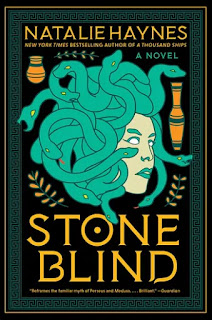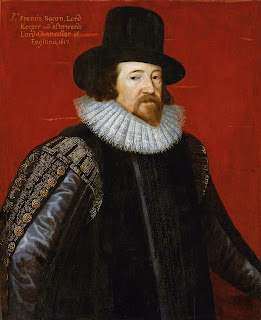Book Review: "Stone Blind" by Natalie Haynes

Bibliographical Information: Title: Stone Blind Author: Natalie Haynes Publication Date: Harper (7 February 2023) Publisher: HarperCollins Pages: 384 pages Suitable Readers: "Stone Blind" by Natalie Haynes is a gripping read for individuals interested in mystery novels that explore the depths of human psychology, suspense, and the complexities of crime investigation. This book is particularly relevant for those who enjoy narratives that plunge into the darker aspects of the human psyche. Genre: Mystery, Psychological Thriller











_frontispiece.jpg)

_-_Sir_Walter_Scott_(1771-1832)_-_RCIN_400644_-_Royal_Collection%20(1).jpg)





